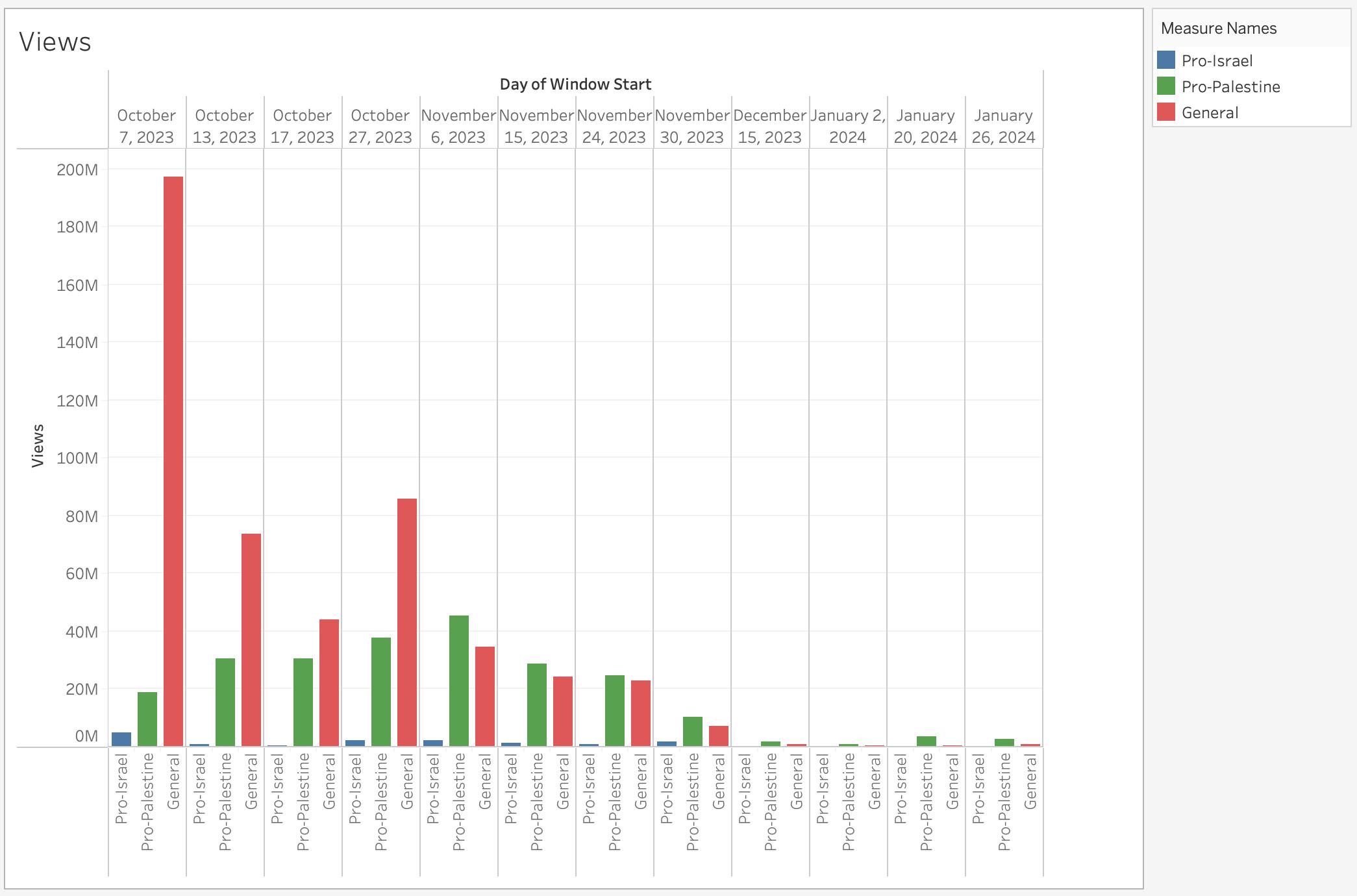Cybersecurity for Democracy
Cybersecurity for Democracy is a multi-university center for problem-driven research and research-driven policy. We conduct cutting-edge cybersecurity research to better understand the distorting effects of algorithms and AI tools on large online networks and work with platforms and regulators to help all parties understand the implications of our findings and develop solutions.
Featured content
Finding illegal content in ads on Meta is as simple as searching for Telegram links in the Meta ad library. We did so on August 28th, and we manually reviewed the most recently posted ads in the United States from that day with links to Telegram. We found that 64% of those Telegram-linked ads appear to have violated Meta’s policies, including some promoting illegal activity. One design change to Meta’s ad systems that could mitigate this issue would be to simply flag Telegram-linked ads for human review, or higher scrutiny before they can be approved to run on Meta’s ad network.
Cybersecurity for Democracy (C4D) has released two important papers, one that analyzes online hate and harassment networks targeting election officials and one that recommends how online platforms can ensure they are not contributing to potential political violence, including against election workers.
New Lab Notebook from Laura Edelson: Instagram and TikTok both say they have different feed experiences for users based on whether they are adults or minors. To find out, I tested these platforms as a 23 year old and 13 year old user, and found that the TikTok experiences was very different between my adult and teen 'personas', but the Instagram Reels experiences were not.
Our newest policy paper is out: "Preventing Tech-Fueled Political Violence: What online platforms can do to ensure they do not contribute to election-related violence," co-authored by our Senior Policy Fellow Yael Eisenstat.
Lab Notebook: Getting to know the TikTok API. Earlier this year, I got access to the TikTok API. I've been using it to explore the conversation on the platform about the conflict in Gaza.
How you can help
Join our newsletter
Keep up to date with our latest news, blog posts, and projects.
Latest
Recent Research
More research





